Life
Early Years
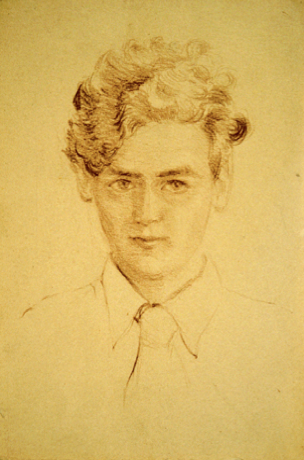
Milestones
1928 Born in Borownica, Poland
1939 Deported to a Siberian Gulag, where hard labor, starvation and abuse caused the deterioration of his right, dominant arm
1941 The Stanczak family received amnesty from the labor camp and made their way on foot or by jumping on trains southward through the Middle East, Teheran, Afghanistan, Pakistan, India, Persia and other countries
1942-48 Located to a Polish refuge camp in Masindi, Uganda, Africa
1948-50 Julian relocated with his family to the Chekendon Camp outside London, England, and studied book illustration at the Borough Polytechnic Institute
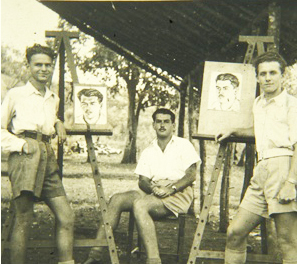
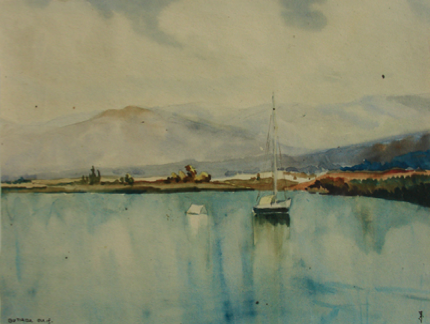
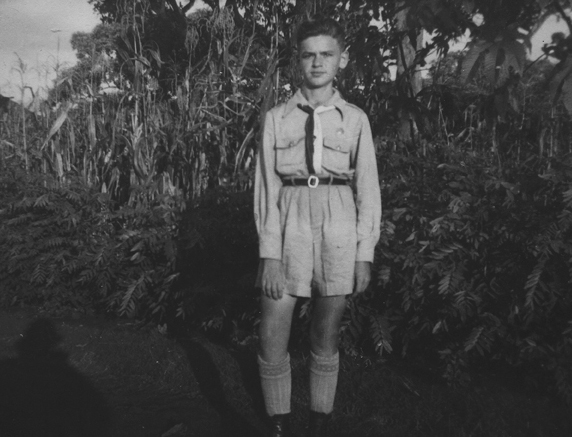
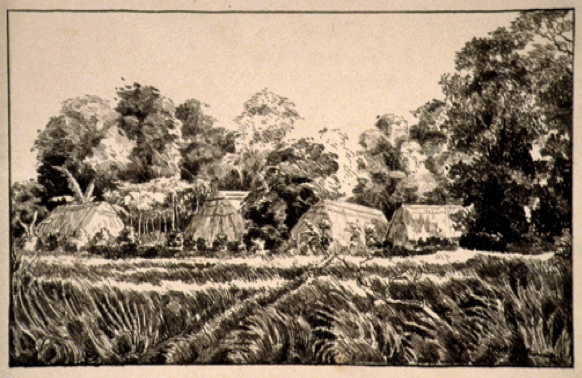
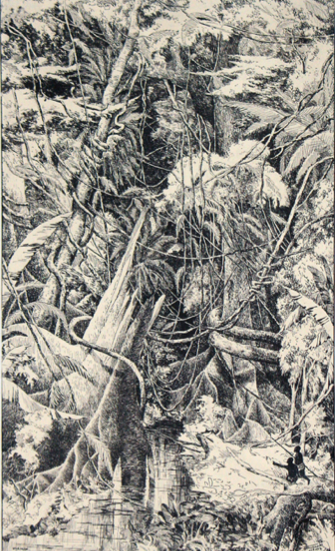
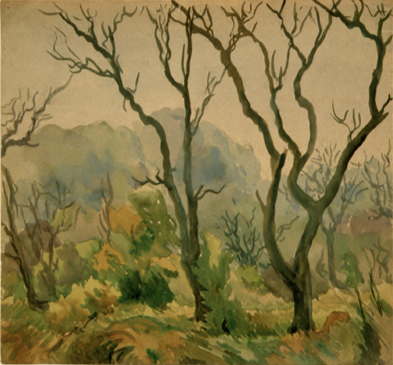
On Africa
For me this was a phenomena that was absolutely fantastic, you know, performing every day for me to enjoy. First the rain would come, and then the sun after the rain. I would look at the jungle and it would turn from purple to almost red, and than back again to blue-green or black. It was a dazzling color display. I was moved by all this drama, and I wanted to capture it visually.
1950's
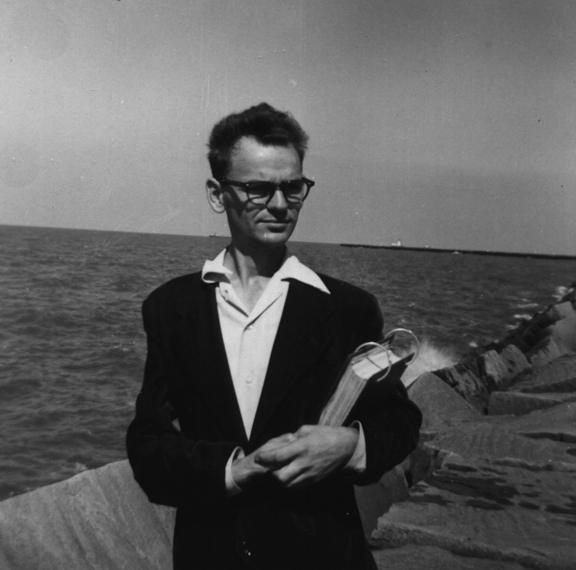
Milestones
1950 Julian emigrated to the United States of America, finally at home.
1954-56 Graduate work at Yale University, studying with Josef Albers and Conrad Marca Relli
1957 Begins first teaching job at The Art Academy of Cincinnati
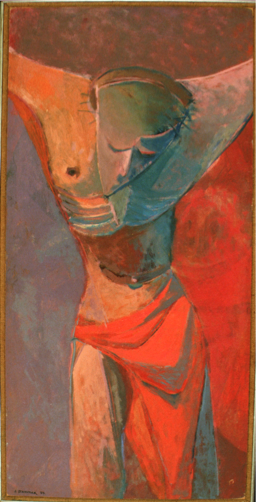
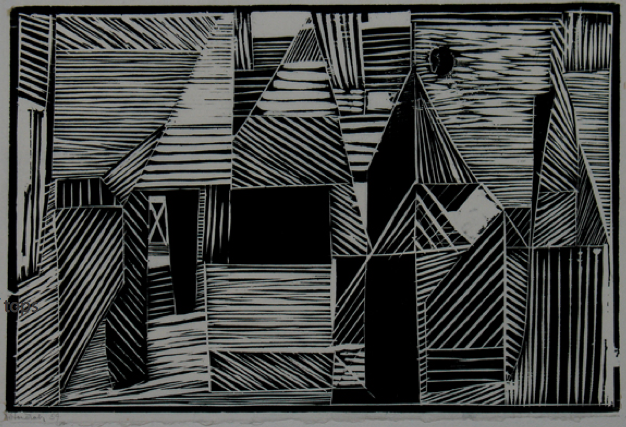
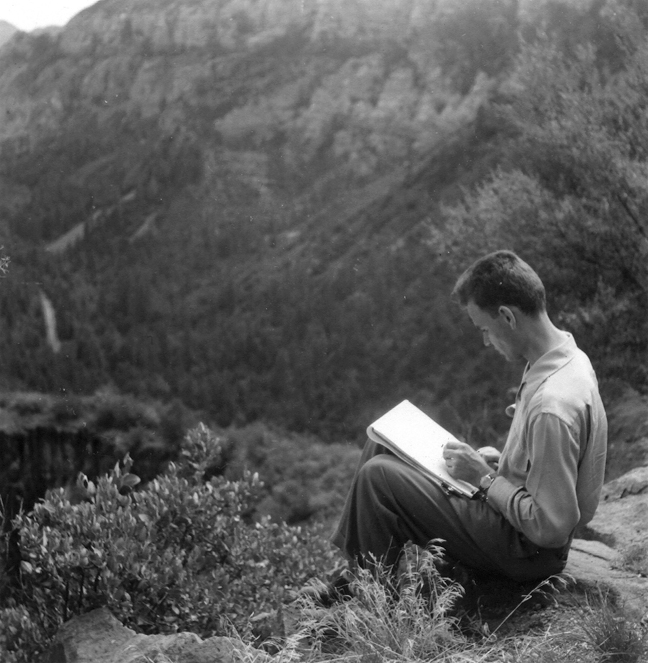
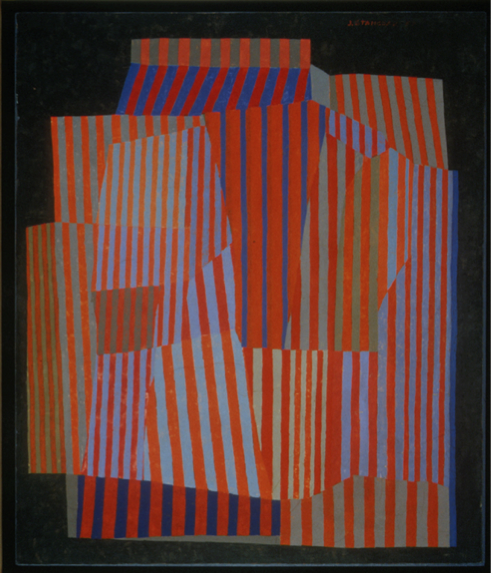
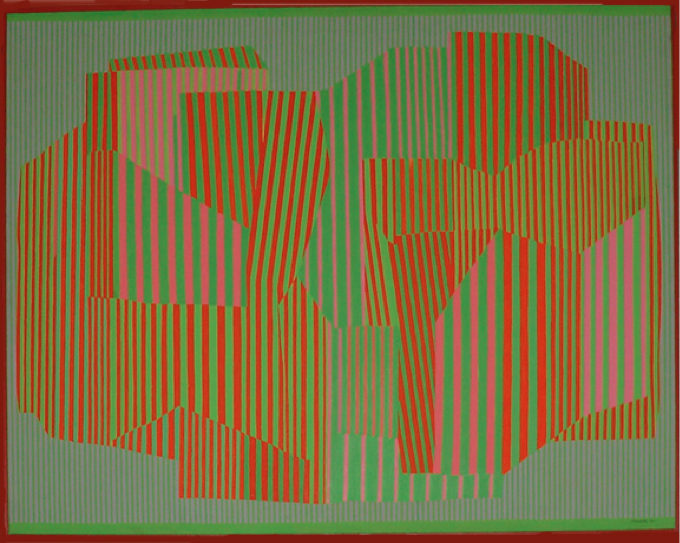
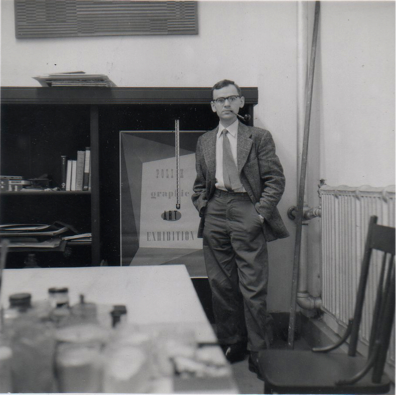
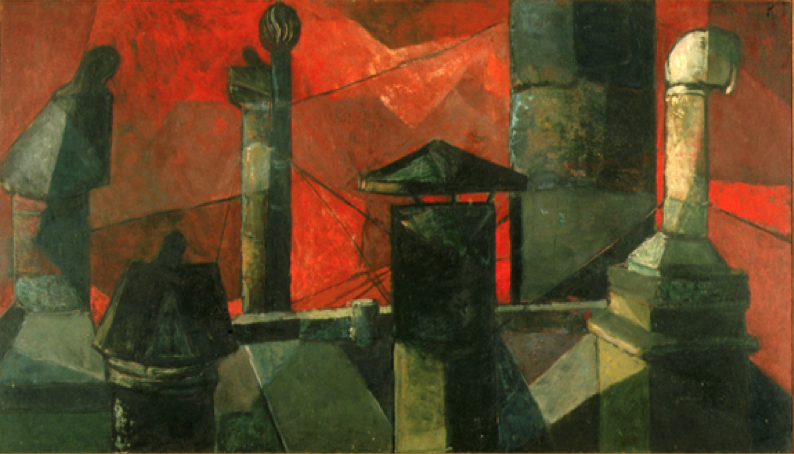
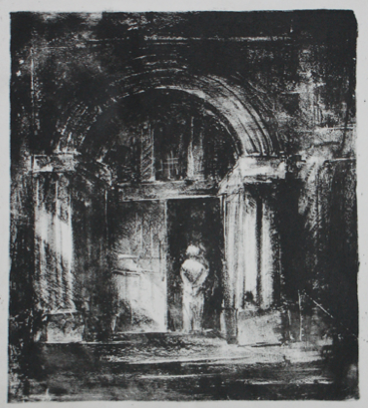
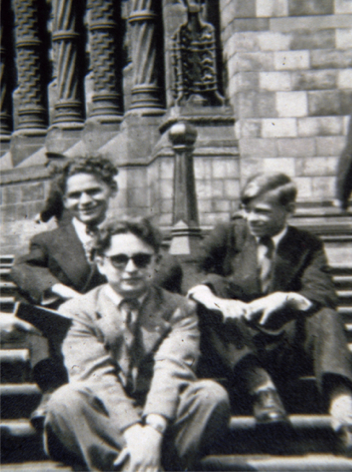
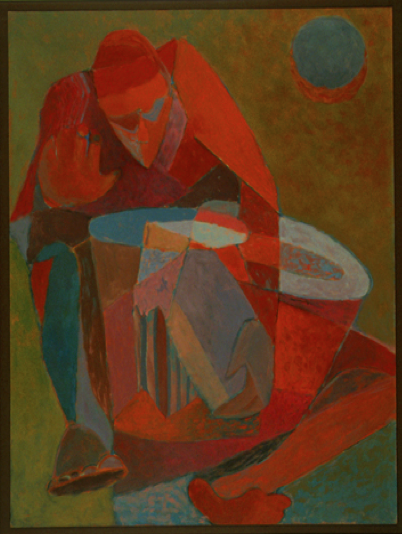
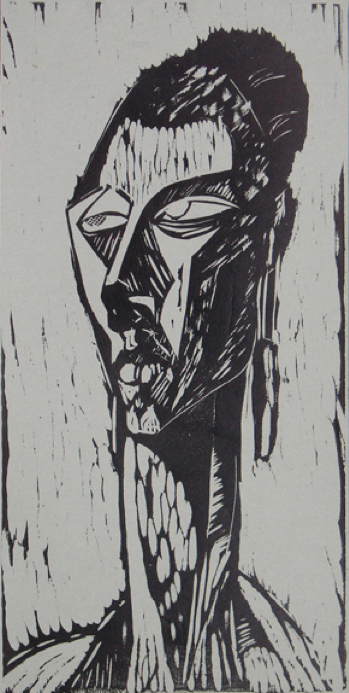
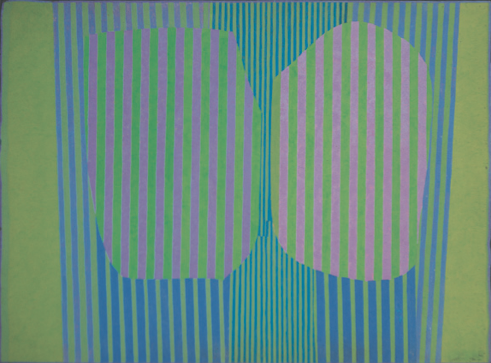
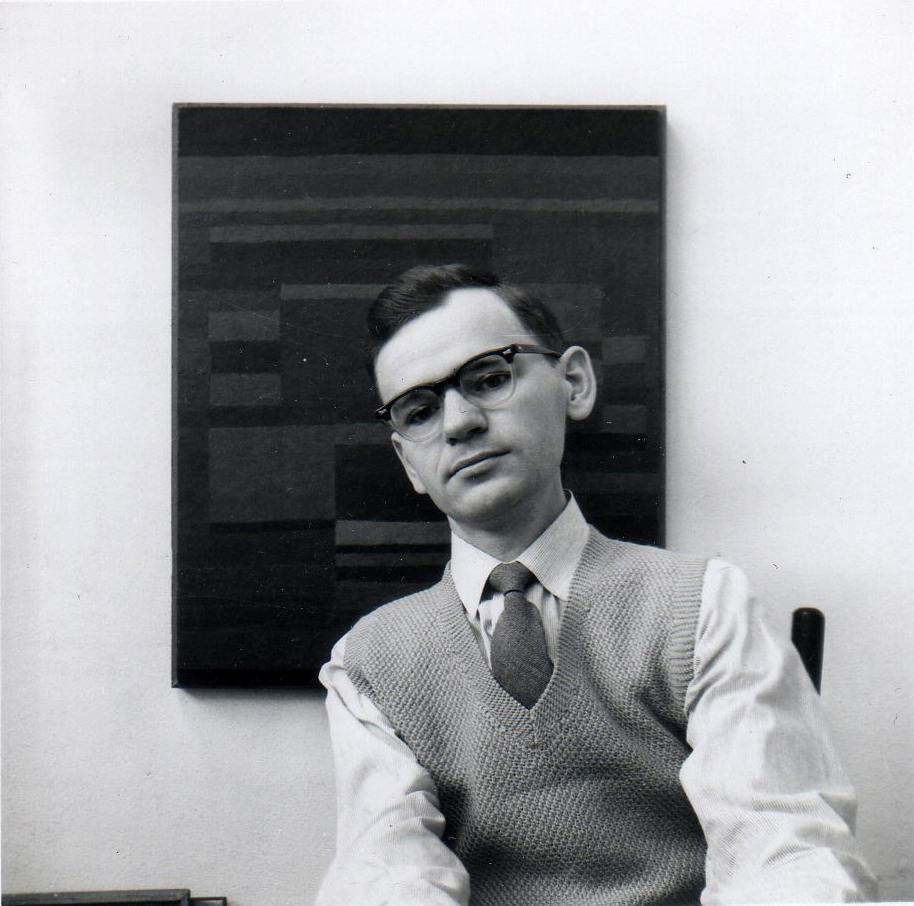
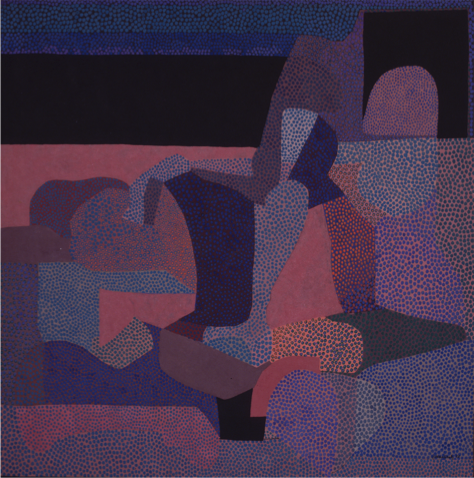
On Nature
The environment provides the raw energy that has to be translated into entities separate from nature. When I see the dramatic shapes and colors of nature, observe their power, it triggers in me the need to translate these primordial forces. I then see them through my painting experience, what is pertinent and what is not pertinent to my psyche and then they become an entity. It becomes a burning desire to execute the total vision before it vacates my mind.
1960's
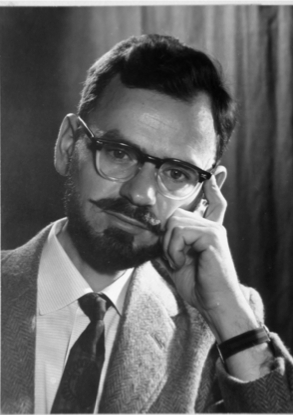
Milestones
1963 Julian married the artist Barbara M. Meerpohl and has two children, Danusia and Christopher.
1964 Julian wins First Prize in Dayton Museum of Art exhibition titled "Artists of Southern Ohio" and receives Purchase Award
The show was seen by Martha Jackson, who immediately invited Julian to join her stable of artists at the famous Martha Jackson Gallery in New York
Julian and family moved to Cleveland, OH and he began his 31 year engagement with the Cleveland Institute of Art as professor of painting
1964-70 Julian traveled frequently to Martha Jackson Gallery while teaching at the Cleveland Institute of Art
1965 The Responsive Eye Exhibition at the Museum of Modern Art, NY, highlights a new, international art movement
The movement’s name, Optical Art — Op Art for short — is coined after the title of Julian’s exhibition at the Martha Jackson Gallery. Op Art explodes on the world art market with Julian as a major figure
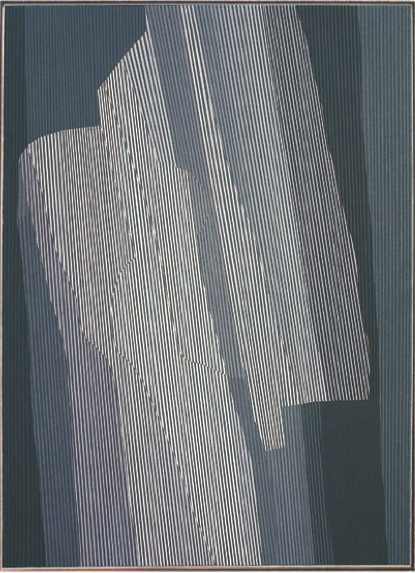
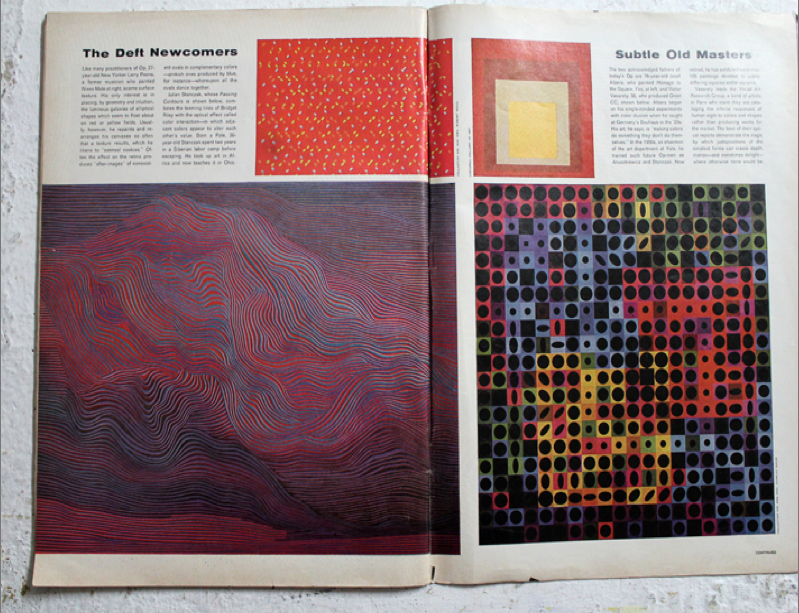
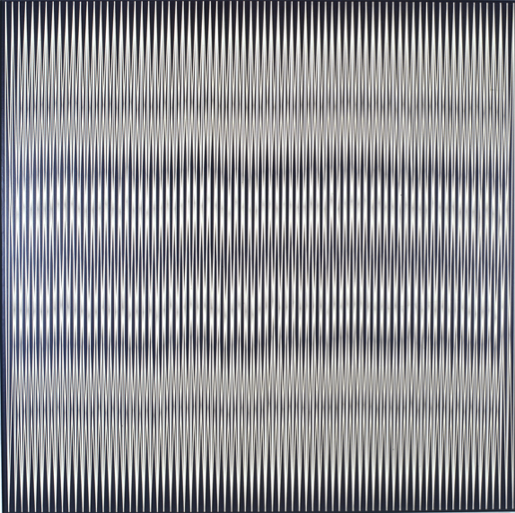
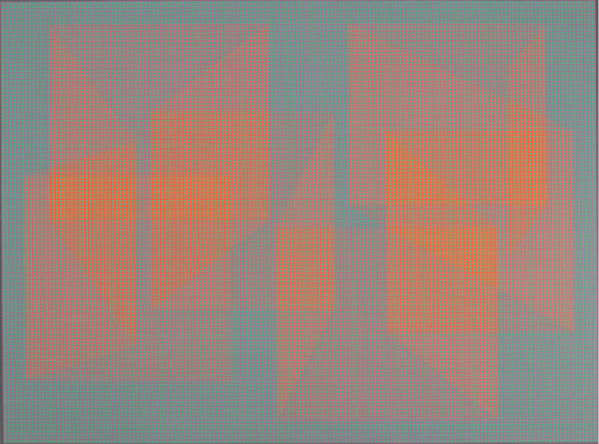
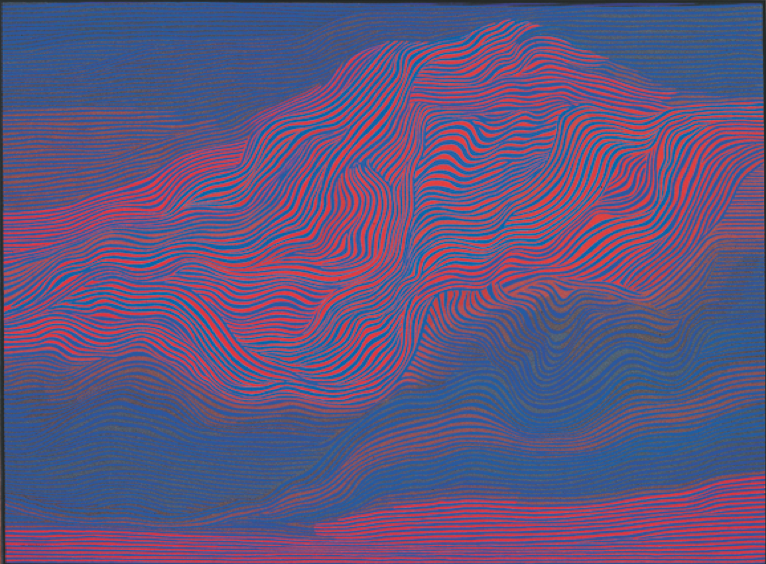
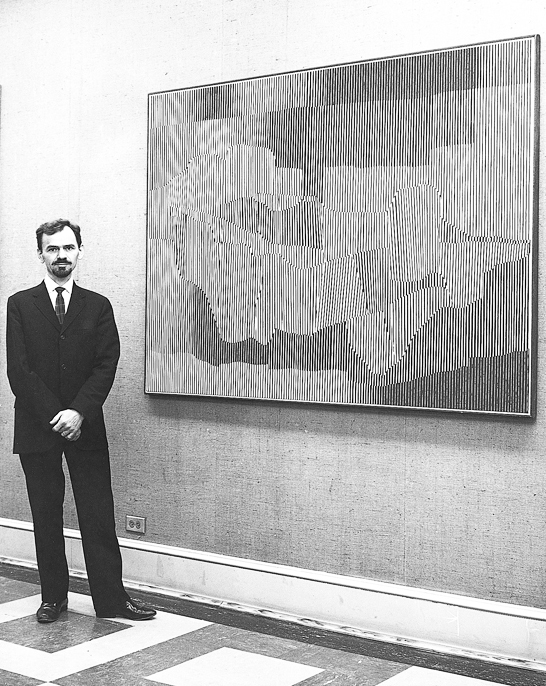
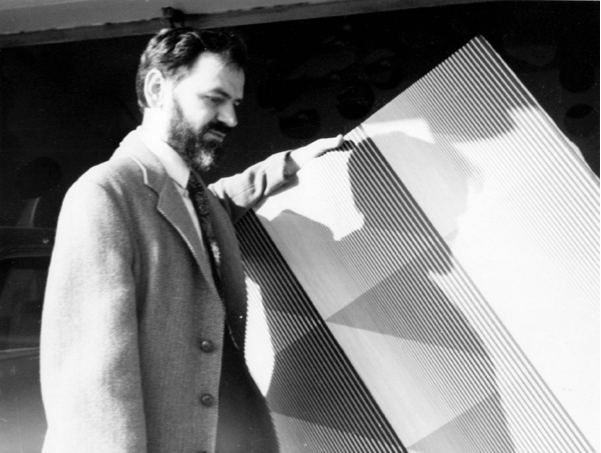
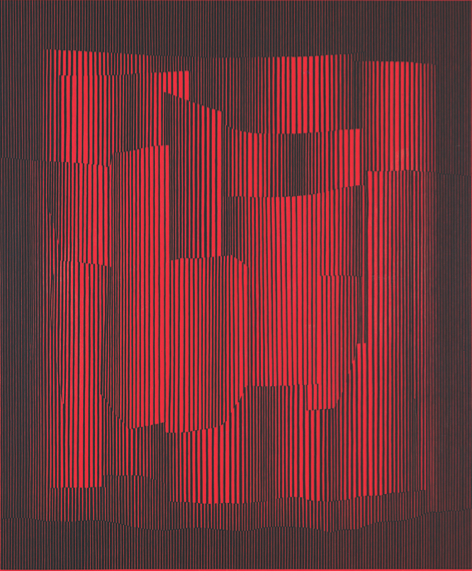
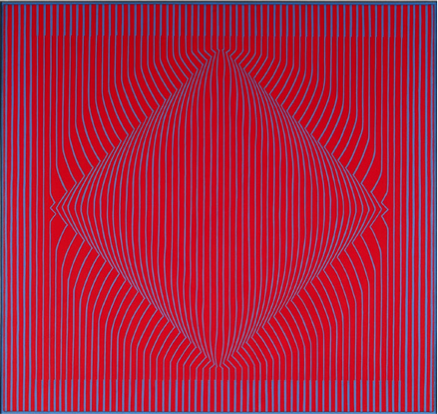
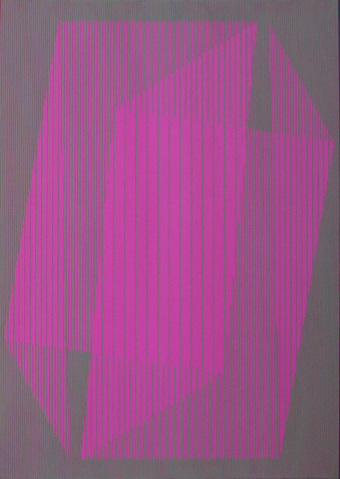
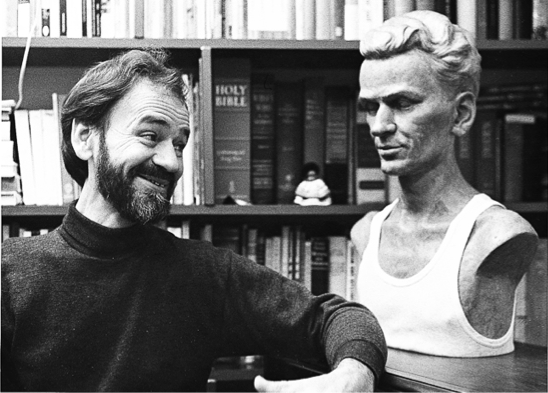
On Ideation
All ideas come from life — from what we know, feel, think, are. When I paint, I try to remove myself from illustrating what is around me and search instead for purely visual forces within my “ism”. The art object should offer [that] freedom and inner peace. [So] my titles are not direct descriptions but provocative of the experience that parallels my initial response. Specificity is sacrificed for the sake of universality. I am always trying to give room to the viewer in time/space to find aesthetic elevation while I and my personal feelings stand aside. I am not important — the viewer is.
1970's
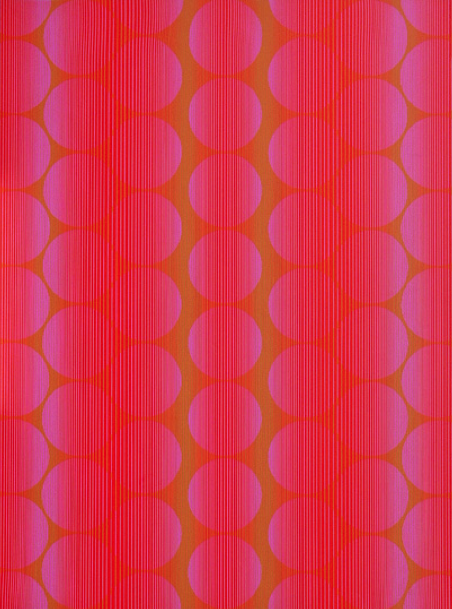
Milestones
The appreciation of Julian’s work grows as evidenced in a record 31 one-man-shows across the country, including eight exhibitions in NY with the Martha Jackson Gallery.
Awards during this time include Outstanding American Educator, Award of Excellence in Painting from the Ohio Arts Council, and Best of Show, from the International Plattform Association in Washington, DC.
Publication of print editions with Martha Jackson and Denise Rene in Paris, printed in Germany.
Corcoran Museum show of drawings and prints on experimental surfaces.
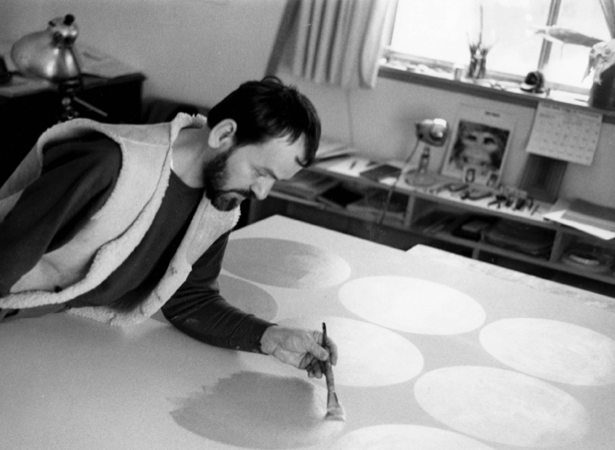
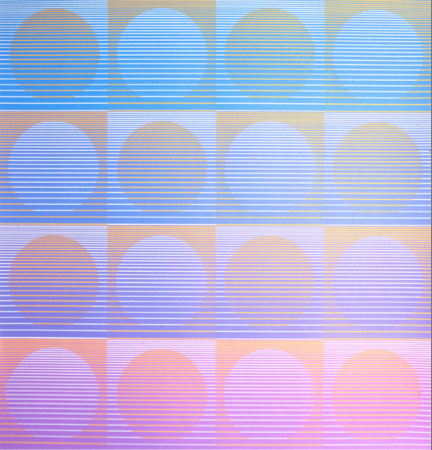
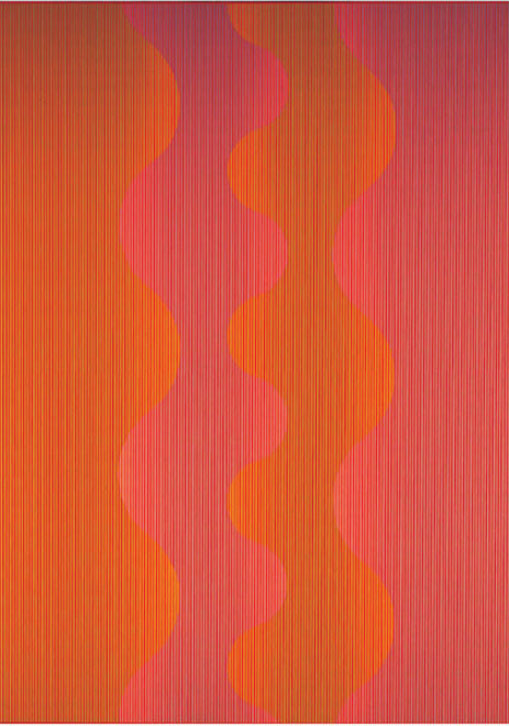
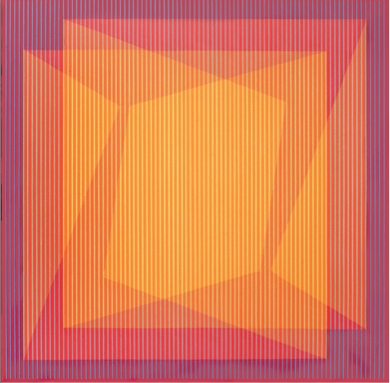
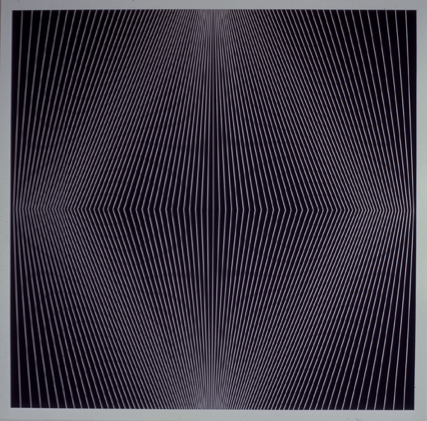
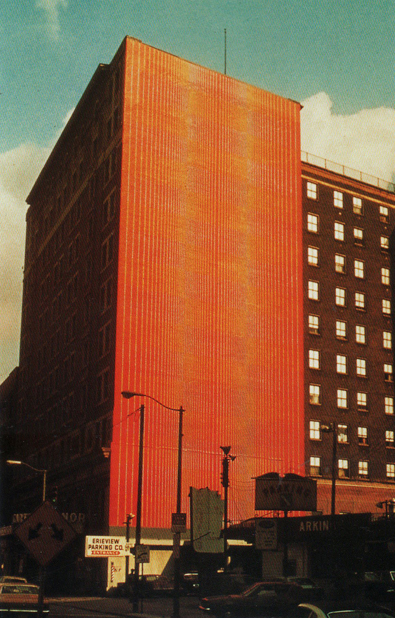
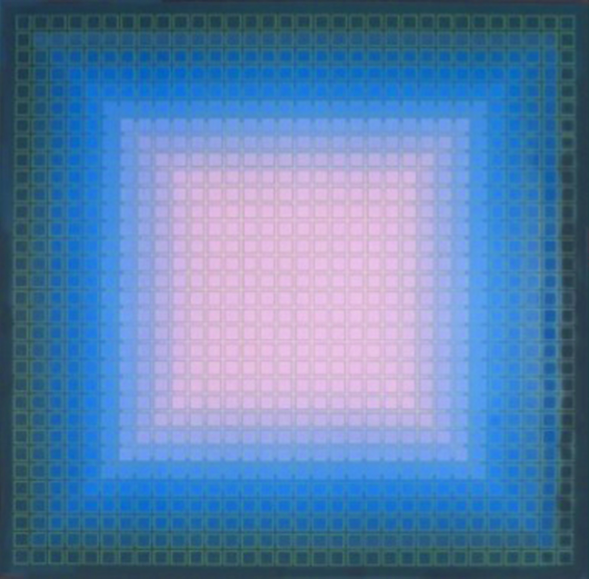
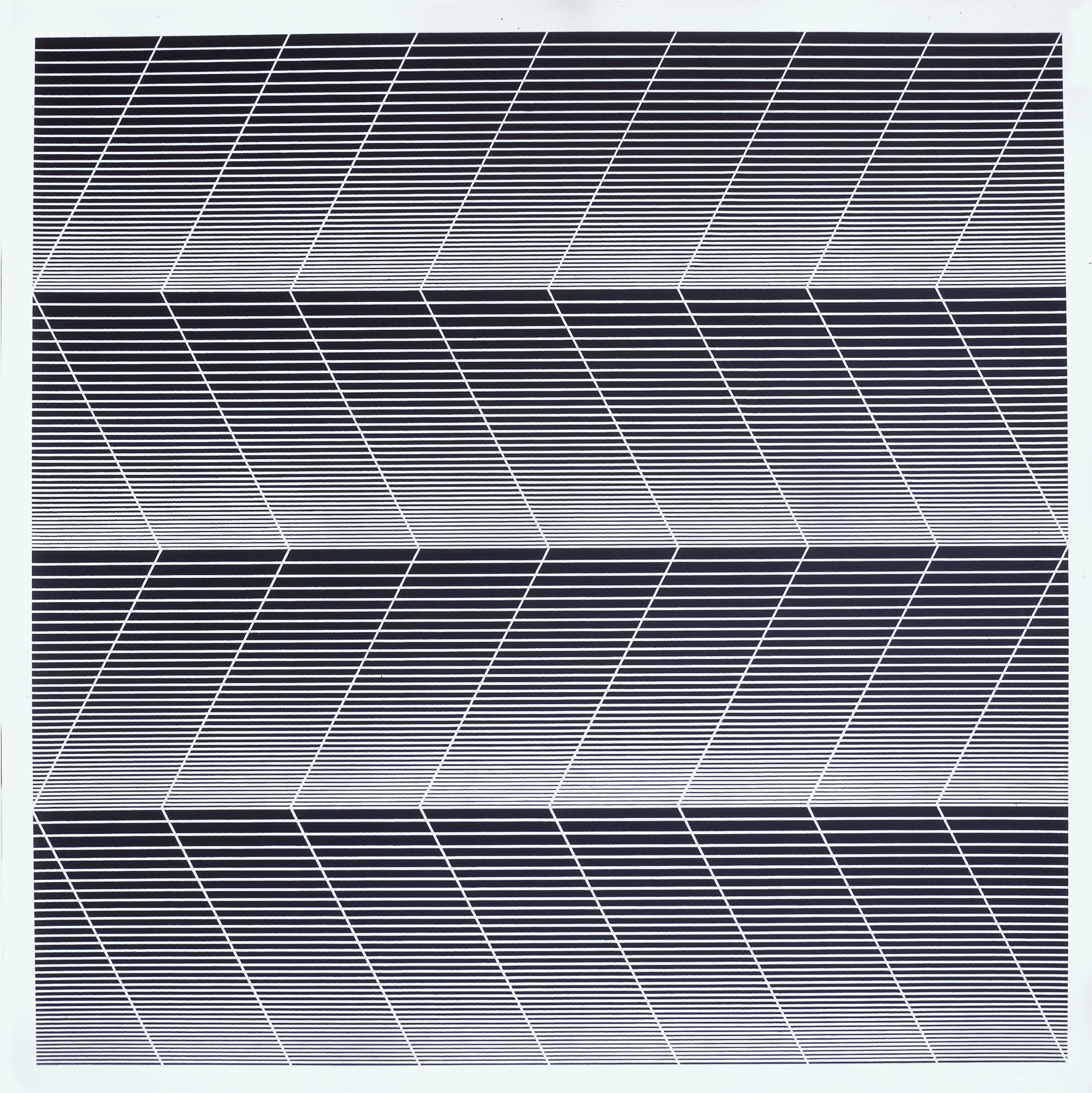
On Line
I found line — repeated line with its potent timing, its rising and falling rhythm — paralleling many aspects of daily life. From the point of action, line behavior is distinct from color; line activates the surface of the canvas more than a single flat color.
1980's
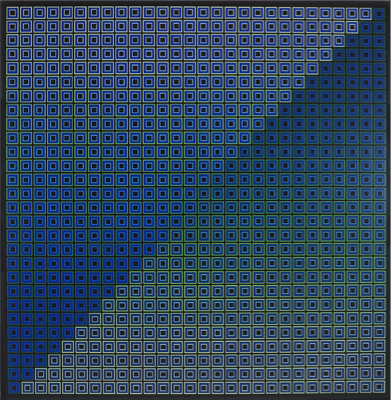
Milestones
This period shows Julian’s work growing in complexity, often using over 100 color mixtures in a single painting. Also the surface divisions become most complex and intricate. Julian is at the top of his artistic performance.
Stanczak produced major print editions, many on experimental materials.
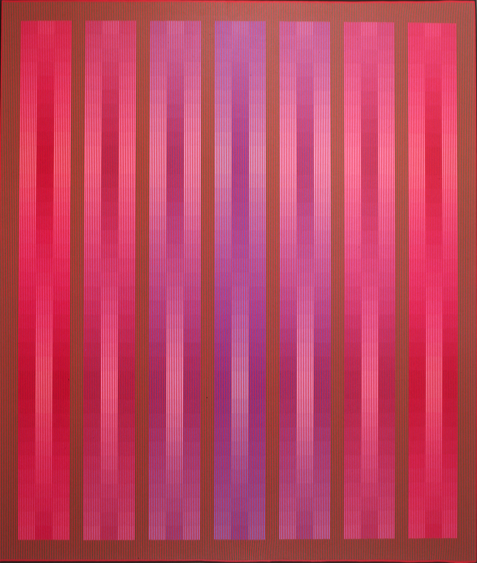

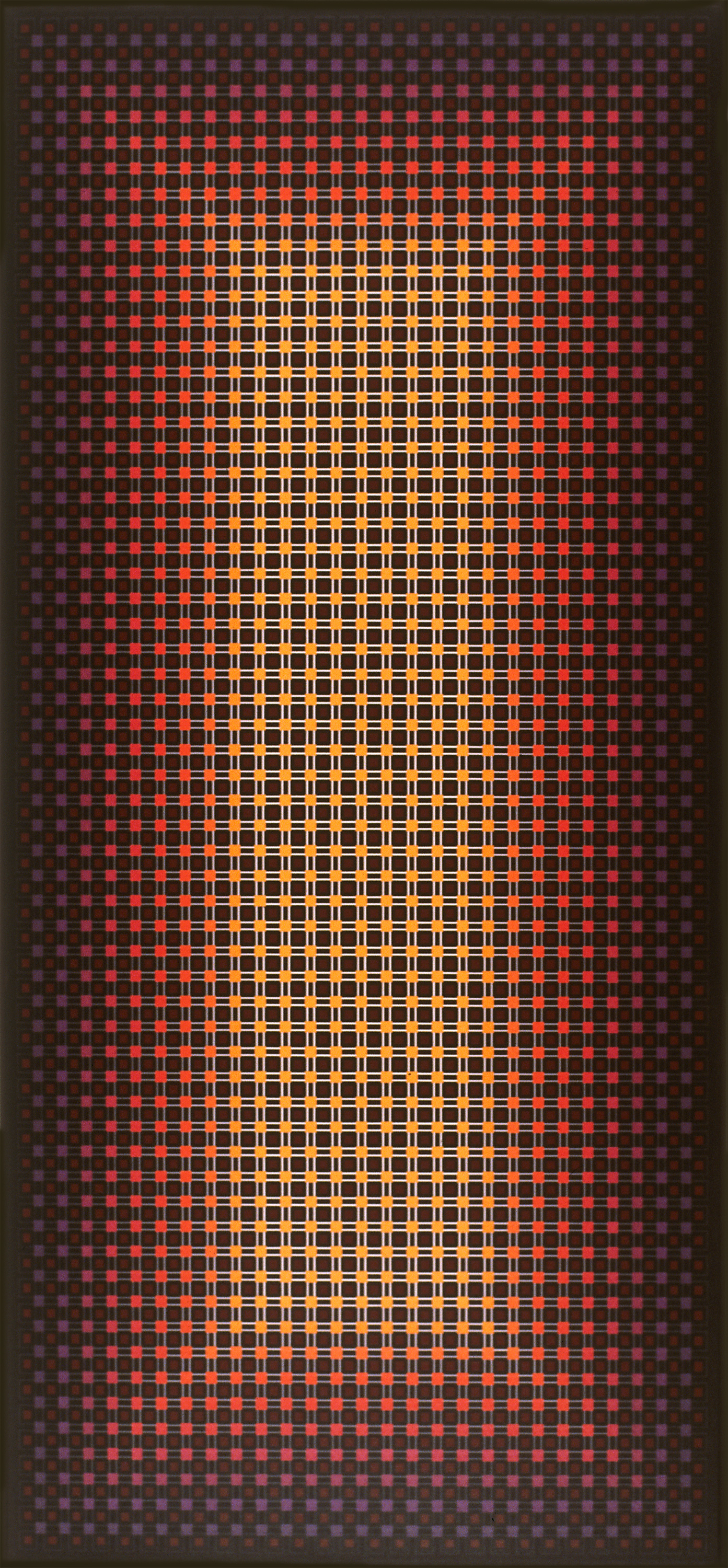
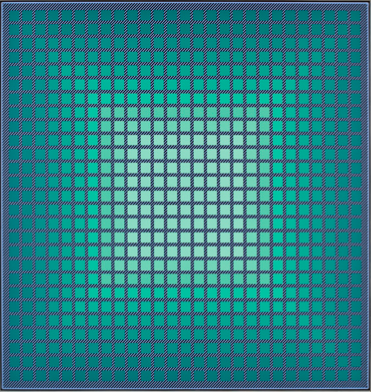
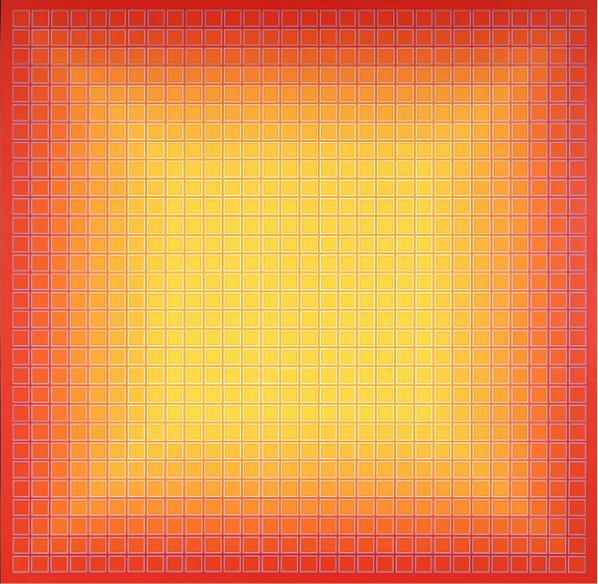
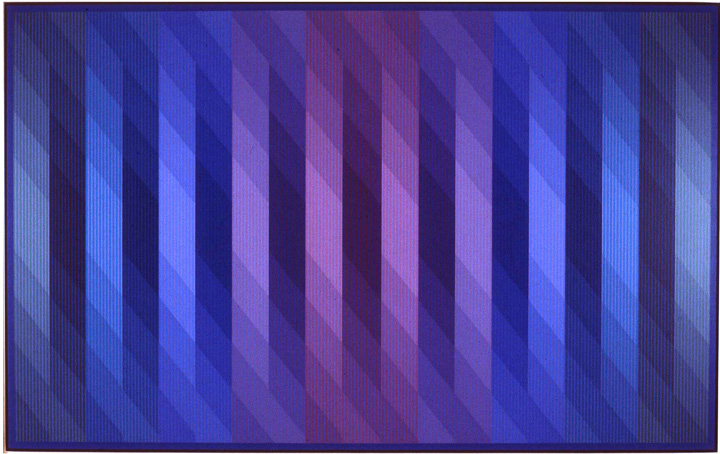
On the Grid
The grid is the basic container for the color saturations. The beauty of that it is so matter of fact because of its verticality and horizontality. It is very stable and has its build-in gravitational balance. This is why I chose it as a container for my color in paintings like “College Green”, “Kitra’s Light” and the “Lumina” paintings. In these paintings I am not interested in offering visual intrigue to the viewer but in offering and atmosphere in which to repose.
1990's
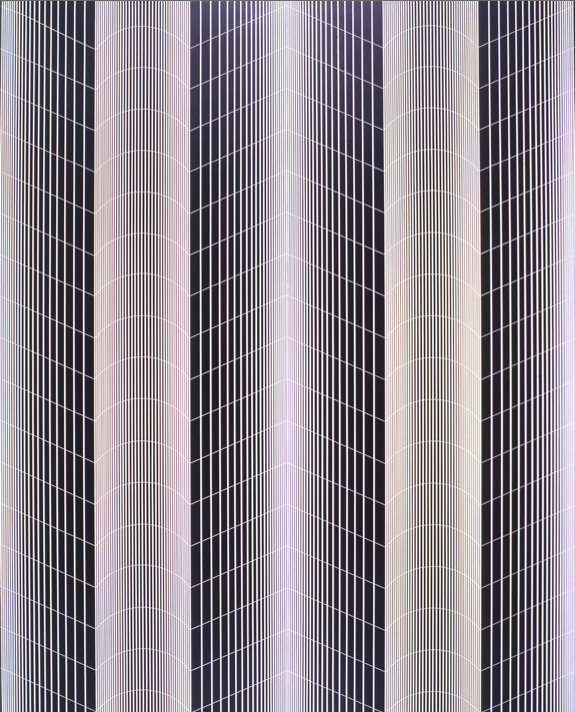
Milestones
This decade sees an expanded use of several paintings joining to form one large painting, beyond small series. The panels facilitate variations on a theme such as changing colorants, moods or unfolding shapes. Julian developed the grid structure as a preferred module to keep the horizontal and vertical energy in perfect balance.
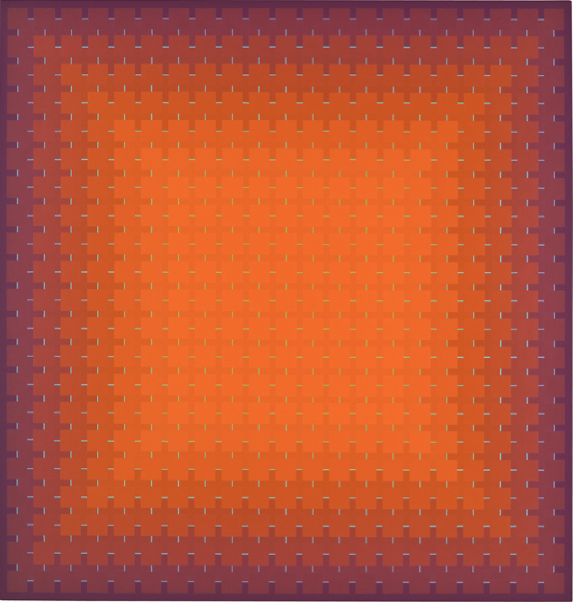

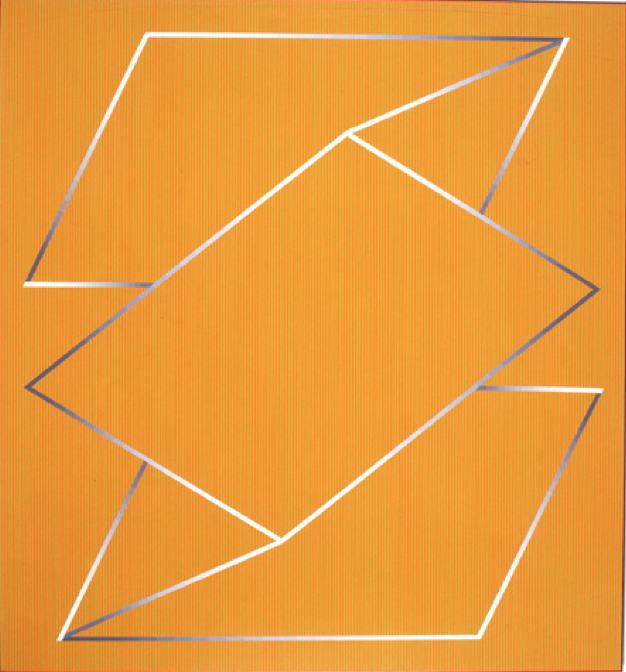
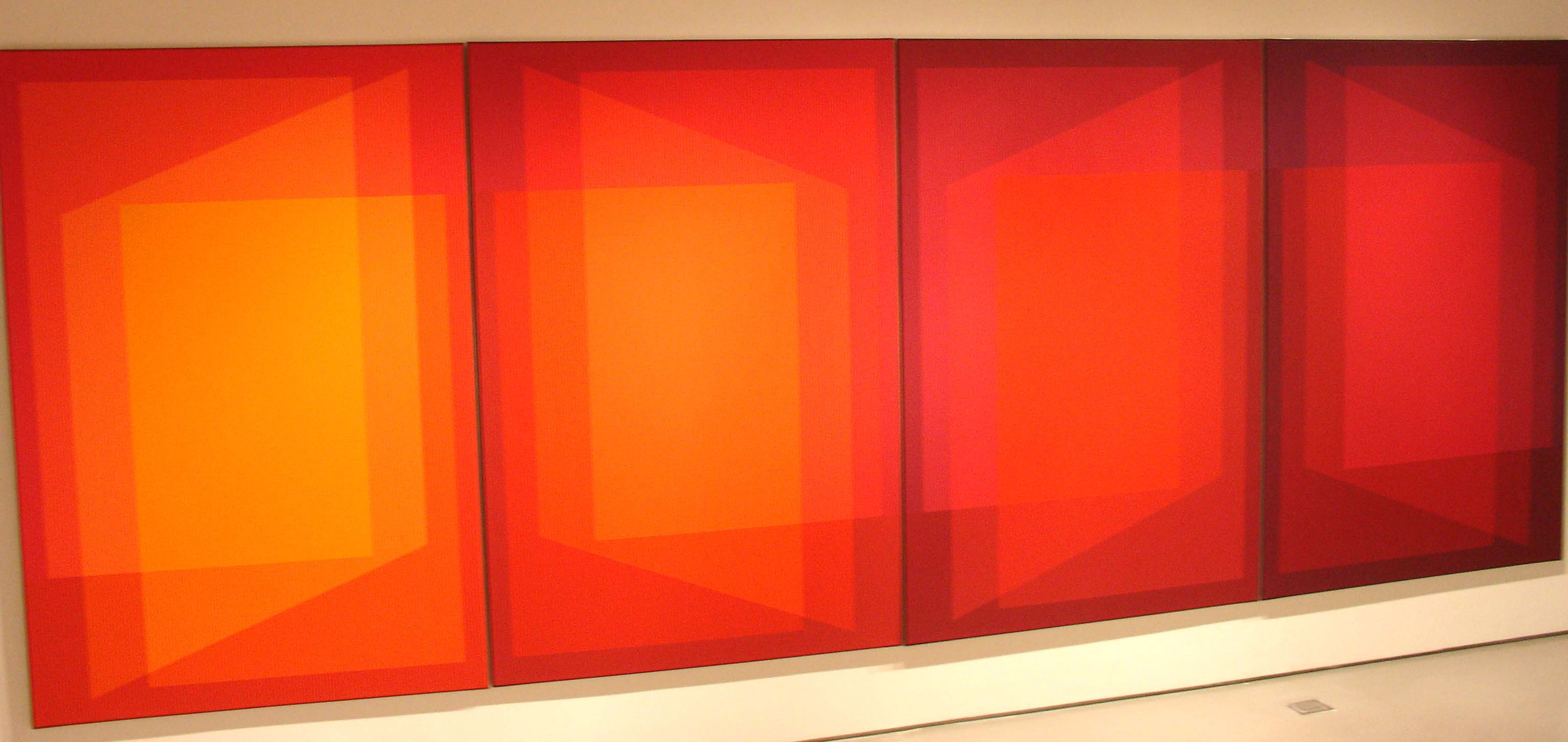
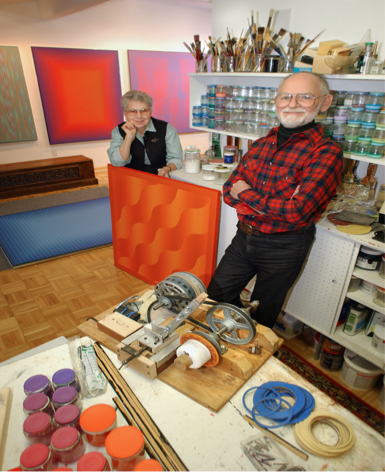
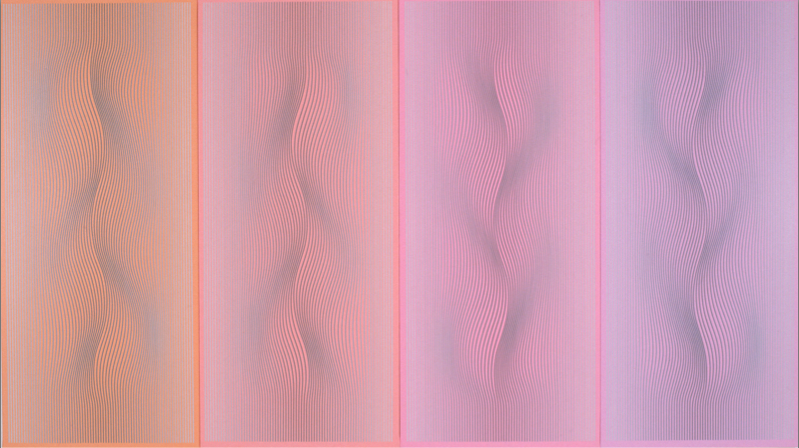
On Color
Color can not be measured so easily. Its energies are diffused in memory. We know color through our reaction to it. It becomes an experience.
I constantly struggle for clarity and the intricate balance between container and what it contains. Since my biggest joy is to deal with color, the shape embracing the color is scrupulously chosen in order that it not prevail over the color situation but assist it. That is why I use mostly geometric shapes which one accepts without questioning particularities, thus giving the color full responsibility for visual plasticity.
2000's
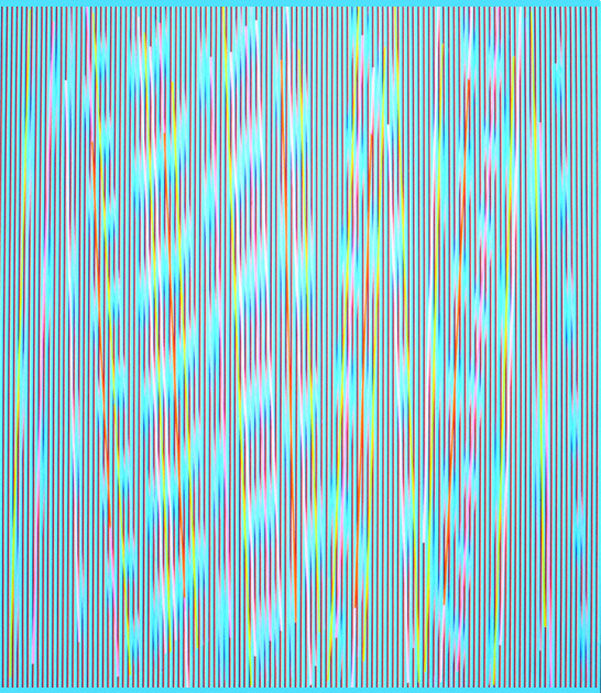
Milestones
The idea of panels really takes off, multiplying to the largest work consisting of 60 panels forming one single constellation. The increase in scale is important — the challenge here is thematic variation opening up unique possibilities.
This decade sees a major public commission from the city of Cincinnati and the Fifth Third Bank, which involves the exploration of three-dimensionality. Relief offers the unique possibility of having continuous interaction with the public because the exposure of colors depends on the movement of the individual in front of the 3D mural and the changing overlap of verticals and diagonals.
2013 Julian recieves and Honorary Doctorate from the Case Western Reserve University in Cleveland, Ohio
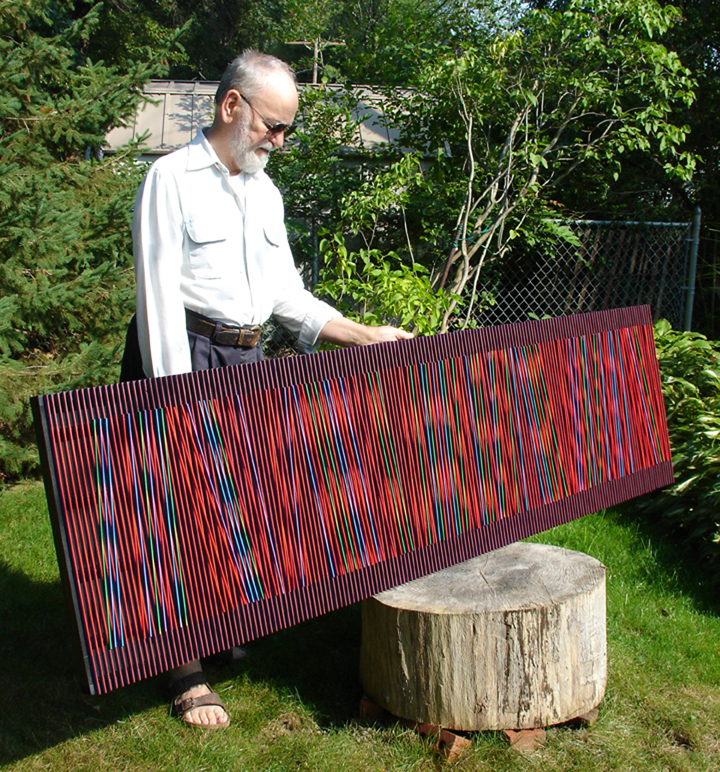
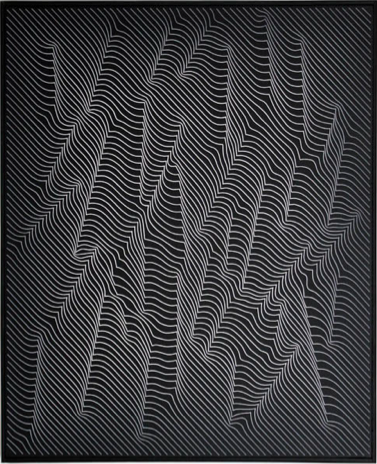
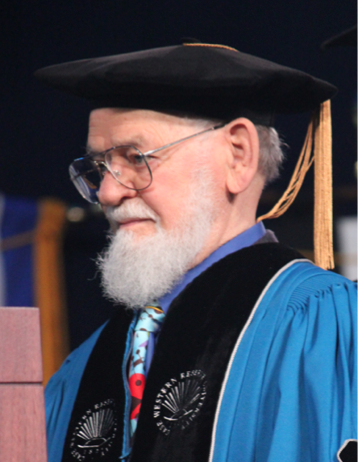
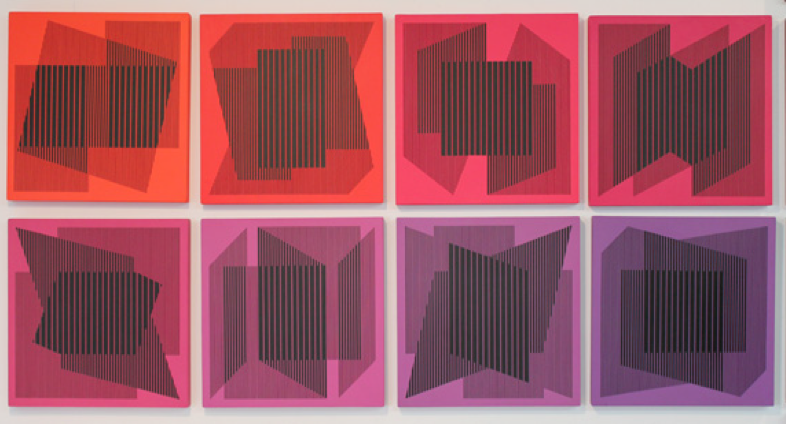
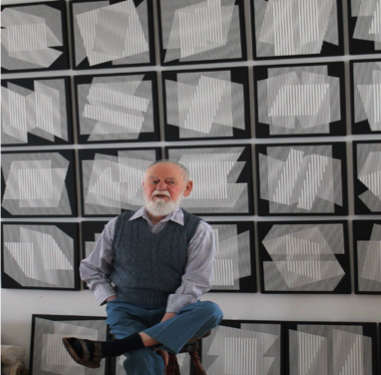
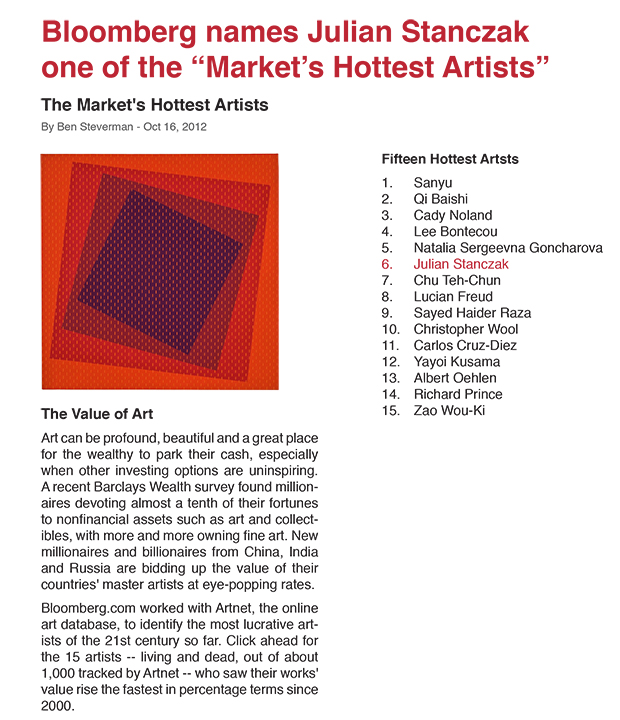
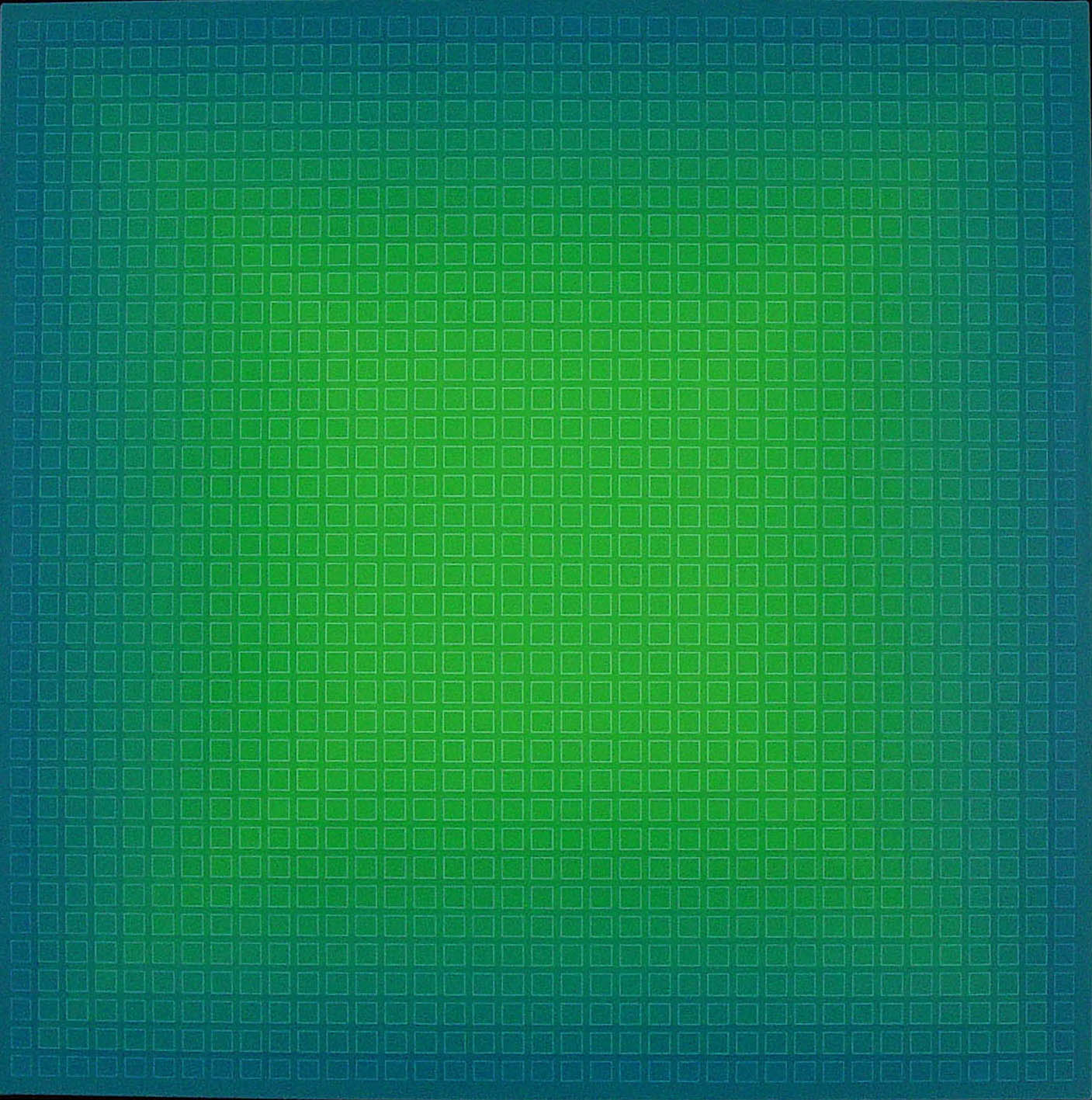
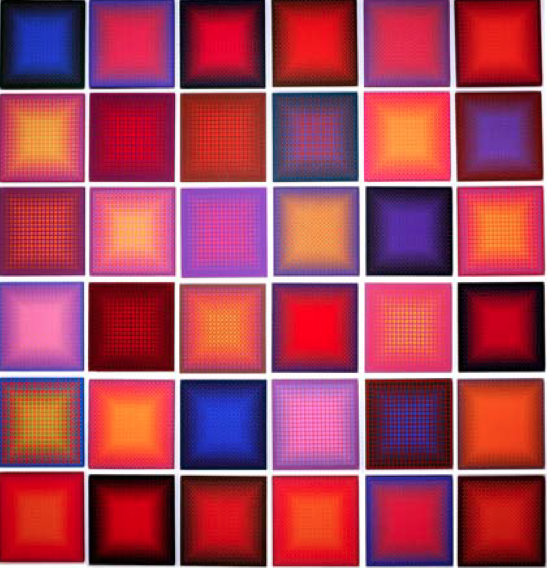
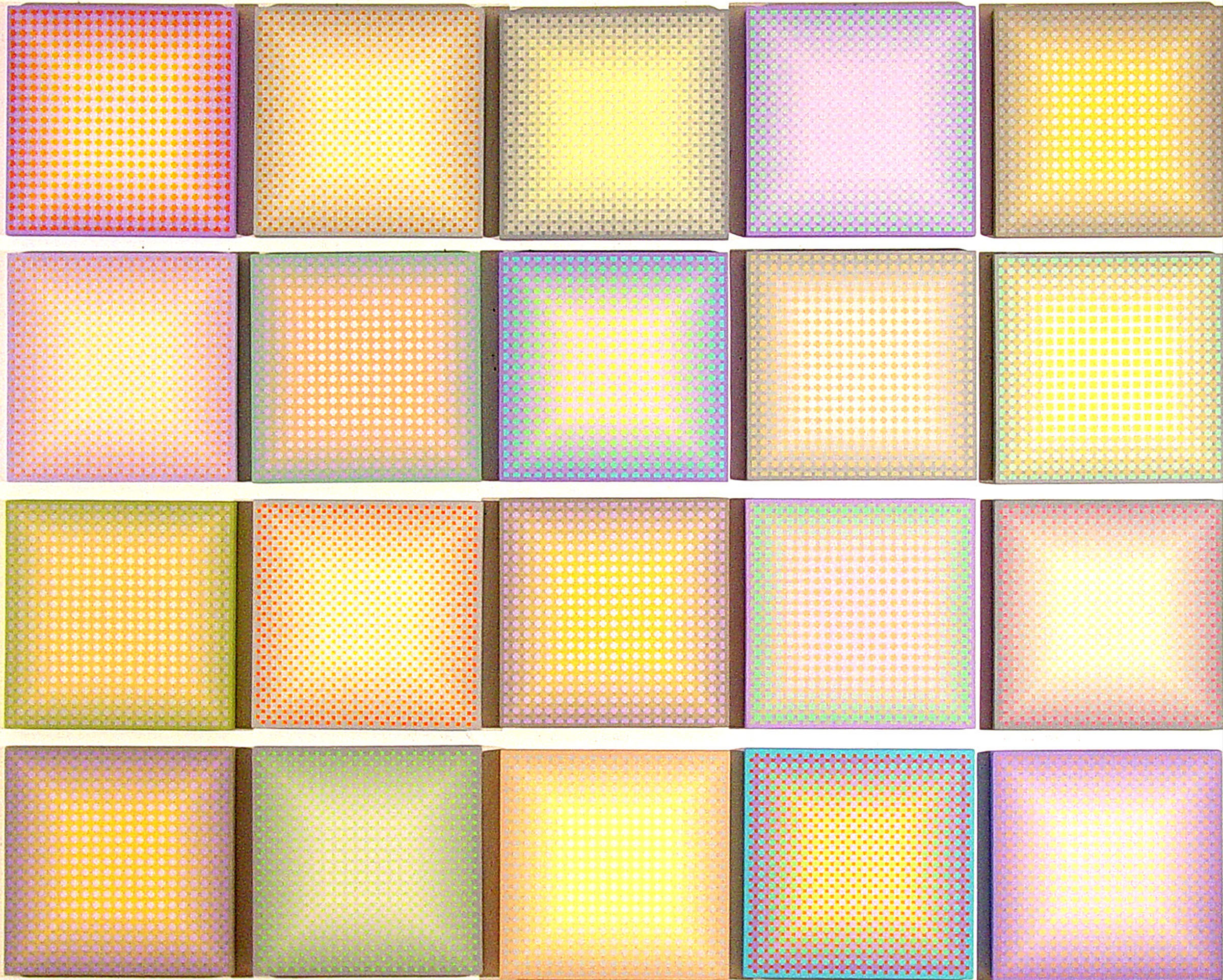
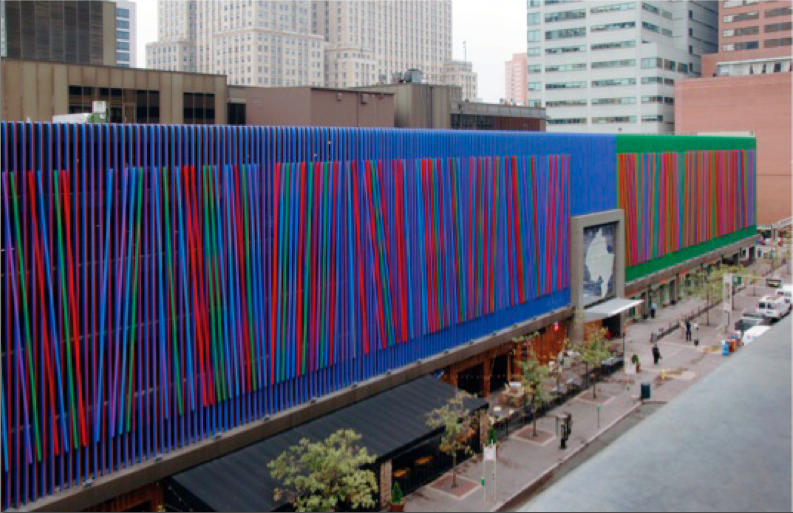
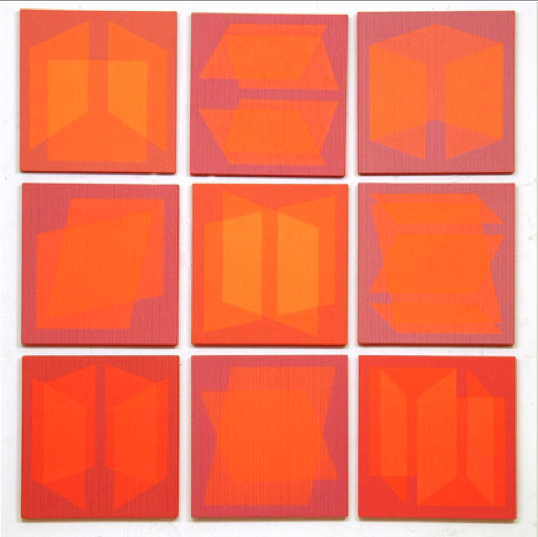
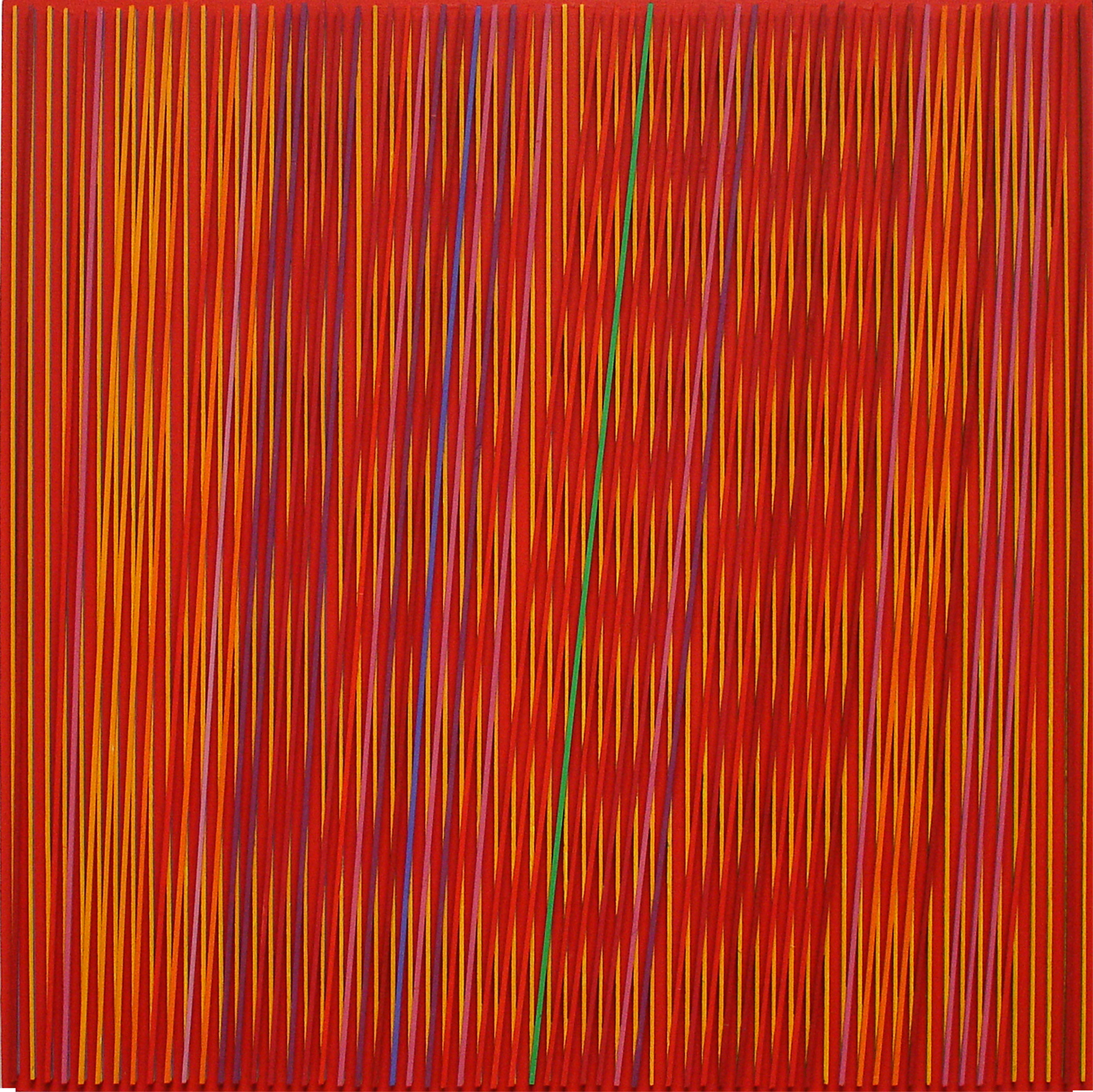
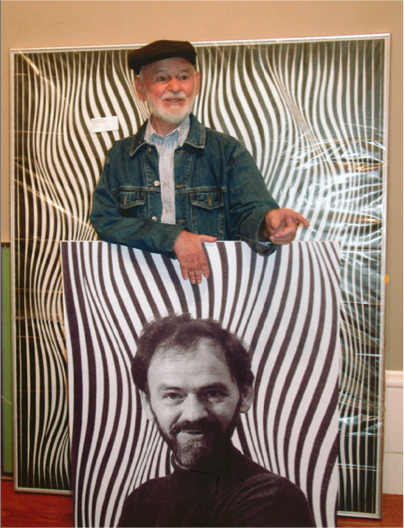
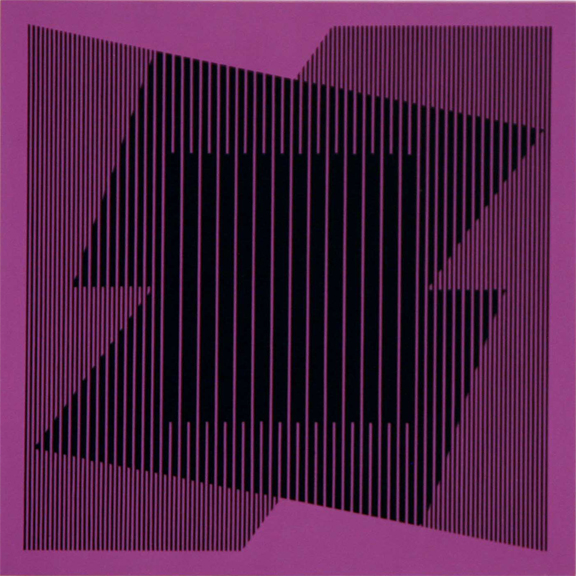
On Art
Art must be universal. By that I mean that it must transcend the pain of daily life, overcome the ordinary, in order to come to another visual plateau. This I can accomplish by scrupulously analyzing visual activities which parallel nature but do not directly reflect it. In ordinary life, from day to day between the joys and pains — that is not art! I wanted to induce an elevation, a state of nirvana and some new position of aesthetics.
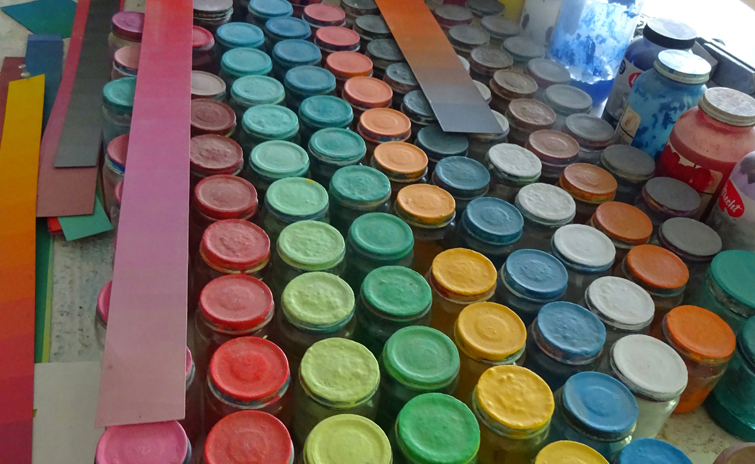
Julian Stanczak died March 25, 2017 at his home in Seven Hills, Ohio.